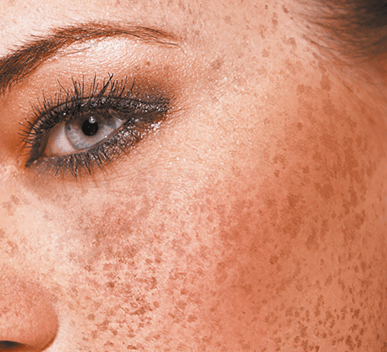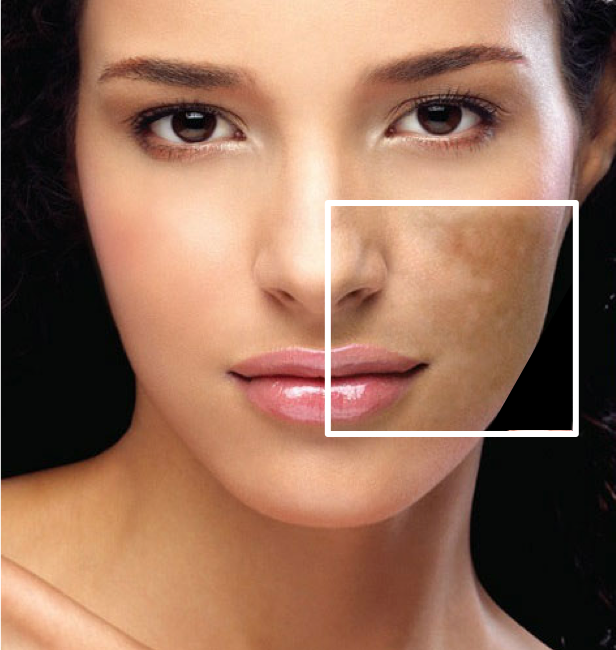Melasma, a common skin condition characterized by dark patches on the face, can often be managed effectively without resorting to surgical interventions. Non-surgical treatments focus on reducing pigmentation, preventing further darkening, and improving the overall appearance of the skin. This guide explores various non-surgical options for Melasma Treatment In Dubai, including topical therapies, procedural options, and lifestyle adjustments.

Procedural Treatments
Procedural treatments can provide more immediate results and are often used alongside topical therapies.
Chemical Peels
Chemical peels involve applying a chemical solution to the skin to exfoliate the outer layers and reduce pigmentation. Common types include:
- Glycolic Acid Peels: Mild peels that are suitable for superficial melasma.
- Salicylic Acid Peels: Effective for treating deeper pigmentation and acne-related melasma.
- Trichloroacetic Acid (TCA) Peels: Stronger peels that can target more resistant melasma.
- Considerations: Peels can cause temporary redness and peeling. Multiple sessions may be required for optimal results.
Laser Therapy
Laser treatments target pigmented cells and break down melanin. Options include:
- Fractional Lasers: Deliver targeted light to the skin, promoting collagen production and reducing pigmentation.
- Q-Switched Lasers: Effective for breaking up melanin deposits in the skin.
- Intense Pulsed Light (IPL): Uses broad-spectrum light to target pigmentation and improve skin tone.
- Considerations: Laser therapy may require multiple sessions and can cause temporary redness or irritation. It is usually more effective for epidermal melasma but can be used for other types as well.
Microdermabrasion
Microdermabrasion involves the mechanical exfoliation of the skin’s surface to remove dead skin cells and reduce pigmentation. It helps improve skin texture and can be combined with other treatments for enhanced results.
- Considerations: Generally well-tolerated with minimal downtime. Multiple sessions may be necessary for optimal results.
Lifestyle and Preventive Measures
In addition to medical treatments, lifestyle changes and preventive measures are crucial for managing melasma and preventing recurrence.
Sun Protection
Daily sun protection is essential for managing melasma. Exposure to ultraviolet (UV) rays can worsen pigmentation and lead to new dark patches.
- Recommendations: Use a broad-spectrum sunscreen with an SPF of 30 or higher. Reapply every two hours when outdoors and wear protective clothing and hats.
Avoiding Hormonal Triggers
If melasma is linked to hormonal changes, consider discussing alternative hormonal therapies with your healthcare provider. For women using oral contraceptives or undergoing hormone replacement therapy, explore non-hormonal options if applicable.
Healthy Skin Care Routine
Maintain a gentle skincare routine using products formulated for sensitive skin. Avoid harsh scrubs or products that may irritate the skin.
- Recommendations: Use non-comedogenic and fragrance-free products to prevent irritation. Incorporate products that support overall skin health.
Choosing the Right Non-Surgical Treatment
Selecting the most suitable non-surgical treatment for melasma involves evaluating the severity of the condition, skin type, and personal preferences.
Severity of Melasma
- Mild Melasma: Topical treatments such as hydroquinone or vitamin C may be sufficient.
- Moderate Melasma: A combination of topical treatments and procedural options like chemical peels or microdermabrasion may be required.
- Severe Melasma: More intensive treatments, such as laser therapy or a combination of therapies, may be necessary.
Skin Type and Sensitivity
Consider your skin type and sensitivity when choosing treatments. For sensitive skin, opt for gentler options like azelaic acid or vitamin C. Consult with a dermatologist to avoid treatments that may cause irritation.
Treatment Goals and Preferences
Discuss your treatment goals and preferences with your dermatologist. Consider factors such as the desired speed of results, potential side effects, and convenience of the treatment regimen.
Maintaining Results
Once melasma is under control, ongoing maintenance is crucial to prevent recurrence and maintain results.
Ongoing Sun Protection
Continue using sun protection even after melasma has improved. Daily sunscreen application and sun avoidance are key to preventing melasma from returning.
Regular Dermatological Check-ups
Schedule regular follow-up appointments with your dermatologist to monitor your progress and adjust your treatment plan as needed.
Conclusion
Non-surgical melasma treatments offer a range of options for managing and reducing pigmentation. From topical therapies and procedural treatments to lifestyle changes and preventive measures, a combination approach is often the most effective. Consulting with a dermatologist can provide personalized guidance and help you select the right treatments for your needs. By maintaining a consistent regimen and protecting your skin from sun exposure, you can achieve and maintain clear, even-toned skin.





Comments